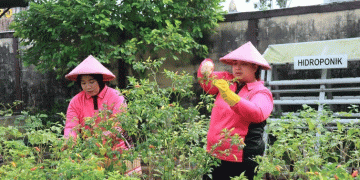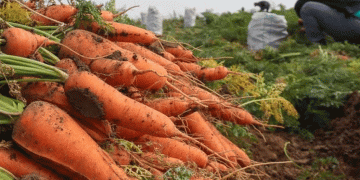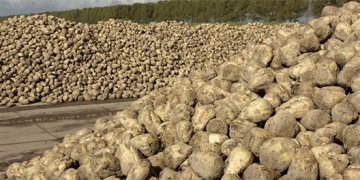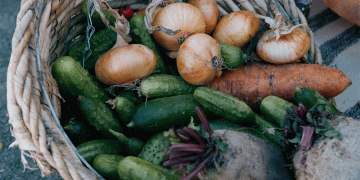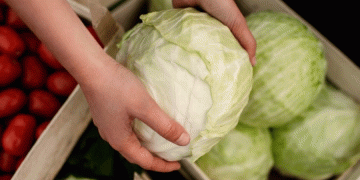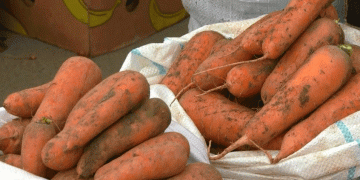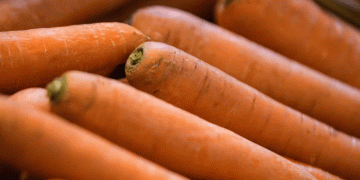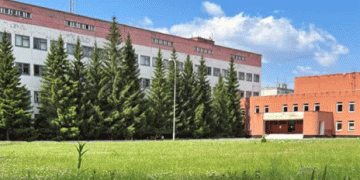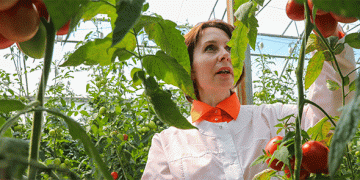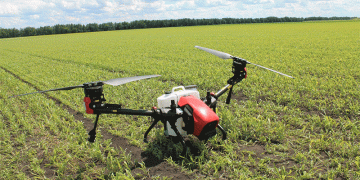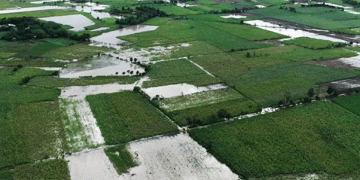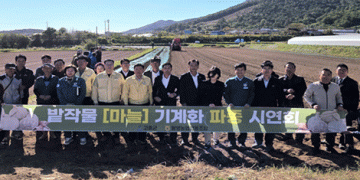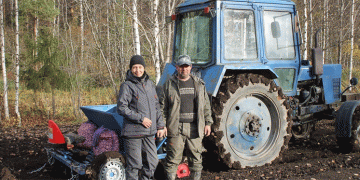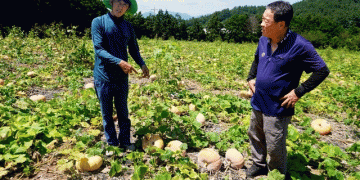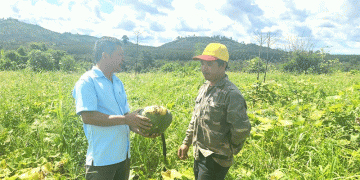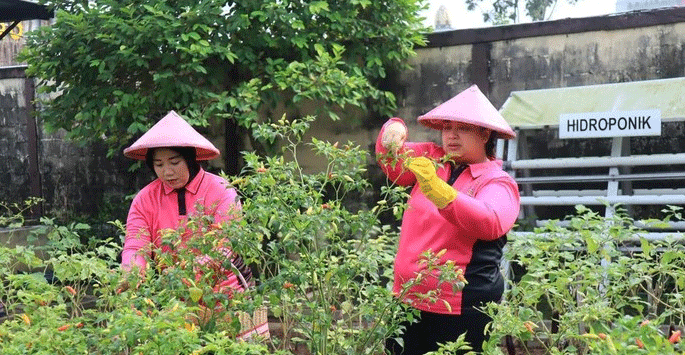The recent harvest by the Bhayangkari women’s group in Bojonegoro highlights a growing global trend: the shift toward urban and peri-urban farming to strengthen food resilience. Their Pekarangan Pangan Lestari (P2L) program—transforming idle land into productive vegetable gardens—mirrors successful models worldwide.
According to the FAO (2023), urban agriculture supplies 15-20% of the world’s food, with cities like Singapore and Detroit leveraging vertical farms and community plots to reduce import dependency. In Indonesia, home gardens contribute ~30% of household vegetable consumption (World Bank, 2022), underscoring their role in nutrition security.
Key Benefits of Community-Led Farming
- Resource Efficiency: Small plots like P2L maximize land use—critical in densely populated regions. A study in Nature Sustainability (2023) found that urban farms can be 4x more productive per hectare than rural ones.
- Diversification: The group’s harvest of kale, cabbage, chilies, and more aligns with agroecological principles, reducing monoculture risks.
- Women’s Empowerment: Female-led farming groups increase household income by up to 50% (IFAD, 2022), as seen in Bhayangkari’s initiative.
Challenges & Innovations
While P2L succeeds, scaling up requires addressing:
- Water access: Drought-resistant crops (e.g., moringa) could enhance resilience.
- Market linkages: Apps like Sayurbox in Indonesia connect small growers to buyers, boosting profitability.
The Bhayangkari harvest exemplifies how localized agriculture drives sustainability. With global food demand set to rise 60% by 2050 (UN), integrating community farming into policy—as done in Brazil’s Hortas Urbanas program—can bridge gaps in food security. The future of farming isn’t just in vast fields; it’s in backyards, rooftops, and collective action.
